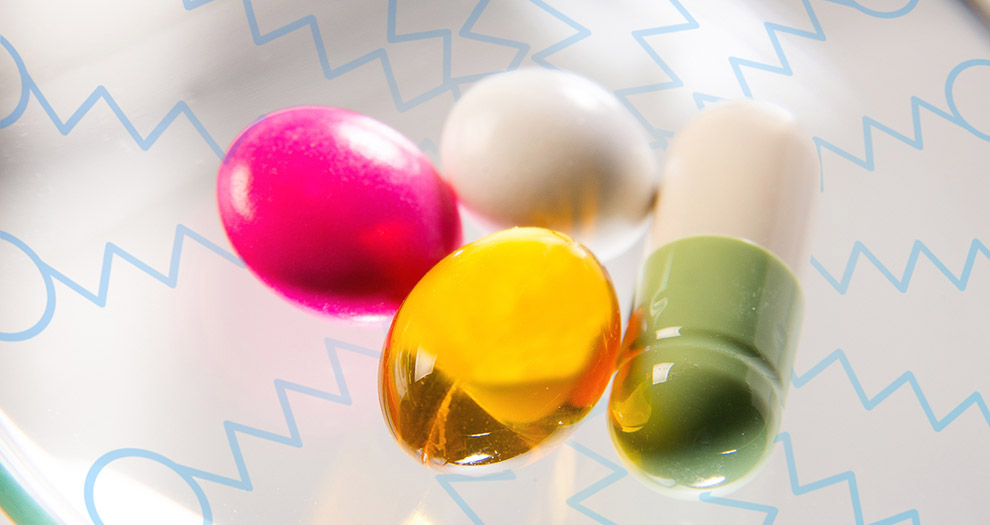Lipid-based formulations: winning strategy for oral bioavailability enhancement

Many drugs exhibit poor solubility and/or permeability leading to weak oral bioavailability. To overcome these issues, different technologies have been developed. Among them, lipid-based formulation (LBF) is an option worth considering as it can be used from the very beginning of drug development to product, reducing time to market.
The key to success relies on the right selection of the lipid excipients to develop an optimized formulation, enabling solubilization of the drug throughout the digestion process for enhancement of oral bioavailability.
Gattefossé’s portfolio of high quality, functional excipients include oils, surfactants and solvents, offering a full range of possibilities to formulate any API in an appropriate lipid-based formulation.
The drug is at the center of the formulation process, as its intrinsic properties dictate the lipid excipient choice.
Among the physicochemical properties, the most important one is drug lipophilicity, i.e. Log P. Highly lipophilic drugs (Log P > 5) will exhibit higher affinity for oils or mixed glycerides, whereas low lipophilic drugs (Log P < 3) will require more hydrophilic excipients such as high HLB surfactants like Gelucire® 44/14 and Gelucire® 48/16 or solvents like Transcutol® HP. Some drugs are heat sensitive and will preferably be formulated in liquid excipients at room temperature, while others are oxygen sensitive and require an antioxidant in the formulation to prevent degradation.
The drug’s pharmaco-kinetic parameters are also very important to consider. Indeed, some drugs exhibit high first pass metabolism and are best formulated with excipients containing long chain unsaturated fatty acids (e.g. Maisine® CC or Labrafil® M 1944 CS) to target lymphatic uptake and by-pass the liver. To increase intestinal permeability of low permeability drugs, excipients rich in medium chain fatty acid (e.g. Capryol® 90, Labrasol® ALF) are advised.
Although the above tips help preselect excipient candidates, a stepwise approach for lipid-based formulation development is highly recommended:
- Determining API solubility in individual components (oils, surfactants and solvents) to select the excipients with highest solubilization capacity.
- Performing miscibility, dispersion testing and ternary phase diagramming to select the best excipient combination(s) and define ratios to develop the formulations.
- In vitro lipolysis testing to assess if the drug is maintained in a solubilized state throughout the digestion process.

Position your company at the heart of the global Pharma industry with a CPHI Online membership
-
Your products and solutions visible to thousands of visitors within the largest Pharma marketplace
-
Generate high-quality, engaged leads for your business, all year round
-
Promote your business as the industry’s thought-leader by hosting your reports, brochures and videos within your profile
-
Your company’s profile boosted at all participating CPHI events
-
An easy-to-use platform with a detailed dashboard showing your leads and performance